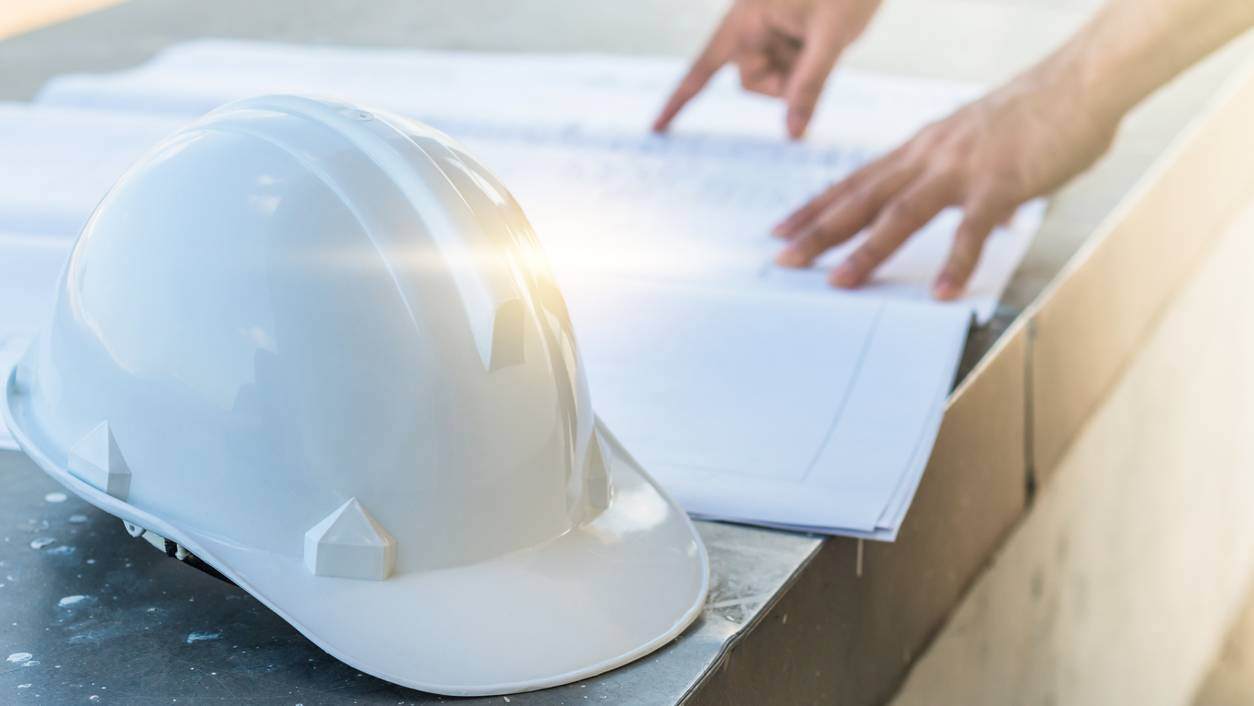
Roles And Responsibilities Under The BSA
The Building Safety Act 2022 introduced new roles and responsibilities in the UK to improve building safety, particularly for high-rise residential buildings. The terms "accountable person" , “principal accountable person” and "duty holder" refer to different roles under this legislation.
| Aspect | Accountable Person (AP) | Principal Accountable Person (PAP) | Duty Holder |
| Definition |
Organisation or individual who owns or has legal obligation to repair any common parts of a building |
Each building must have one clearly identifiable AP, known as the PAP. |
Various roles during design, construction, and refurbishment phases |
| Number per building |
Can be multiple |
Only one |
Multiple, depending on project phase |
|
Primary responsibility |
Manage structural and fire safety risks in the parts of the building they are responsible for |
Overall safety management for structural and fire safety for the whole building |
Ensure competence of workforce and building regulations compliance are met during their phase of work |
|
Timing of role |
Ongoing, during occupation |
Ongoing, during occupation |
During design, construction, or refurbishment |
|
Registration duties |
None specific |
Must register the building with BSR |
None specific |
|
Safety case |
Contribute to safety case and ‘golden thread’ |
Prepare and update the building's safety case and ‘golden thread’ |
Contribute to the "golden thread" of information |
|
Resident engagement |
Participate in resident engagement |
Prepare and update resident engagement strategy |
Limited direct resident engagement |
|
Reporting |
Report safety occurrences to BSR |
Operate mandatory occurrence reporting system |
Report issues within their phase of work |
|
Complaints handling |
Participate in complaints system |
Operate a complaints system |
Handle complaints related to their work phase |
|
Oversight of others |
No oversight of other APs |
Oversee all APs' safety management |
Oversee work within their area of responsibility |
|
Building assessment |
Contribute information |
Apply for building assessment certificate |
Not typically involved |
|
Examples |
Freeholder, landlord, management company |
Housing association, local authority |
Designer, contractor, client |
|
Legal accountability |
Cannot delegate legal obligations |
Cannot delegate legal obligations |
Cannot delegate legal obligations Responsible for their phase of work |
The main difference is that the accountable person has ongoing responsibility for an occupied building, while duty holders have responsibilities during specific phases of a building's creation or major renovation. However, duty holders responsible for building works must maintain detailed records of their competence and compliance for the projects undertaken, as legislation like the Defective Premises Act may require records of work completed up to 30 years ago. It's worth noting that in some cases, an entity might be both an accountable person and a duty holder, depending on their role and the stage of the building's lifecycle.
What are each Key Duty Holders responsibilities under the Building Safety Act?
Client Responsibilities:
- Appoint competent principal designer and principal contractor
- Make suitable arrangements for planning, managing and monitoring a project, including the allocation of sufficient time and resource
- Cooperate and share information to all other duty holders
- Ensure a golden thread of information is created and maintained

Principal Designer Responsibilities:
-
Plan, manage, and monitor the design work during the design phase
-
Ensure the design work complies with all relevant requirements of the building regulations
- Ensure designers comply with their duties
- Prepare and provide relevant information for other duty holders
Principal Contractor Responsibilities:
-
Plan, manage, and monitor the construction phase
- Ensure the construction or refurbishment work complies with all relevant requirements of the building regulations• Ensure all contractors co-operate, communicate and co-ordinate their work with the client, Principal Designer and other dutyholders
- Assist the client in providing information to others
- Liaise with Principal Designer and share information relevant to the building work
What are competence requirements for Duty Holders?
All duty holders must have the skills, knowledge, experience, and behaviours necessary to fulfil their roles effectively. More information can be found on the Competence page
Explore More:
In this episode, David Frise, Chief Executive for BESA, chats with Lorna Stimpson, Chief Executive at LABC, about the Building Safety Act and its impact on the construction industry.
The landscape of building maintenance has changed. Legislation is evolving and the consequences of non-compliance are greater than ever before. It has never been more important to understand your responsibility.
Latest Building Safety Act News From BESA
5 min read
Contractors given stark bribery warning
2 min read
Army Leavers Would Make Great Trainers, Says ...
3 min read


